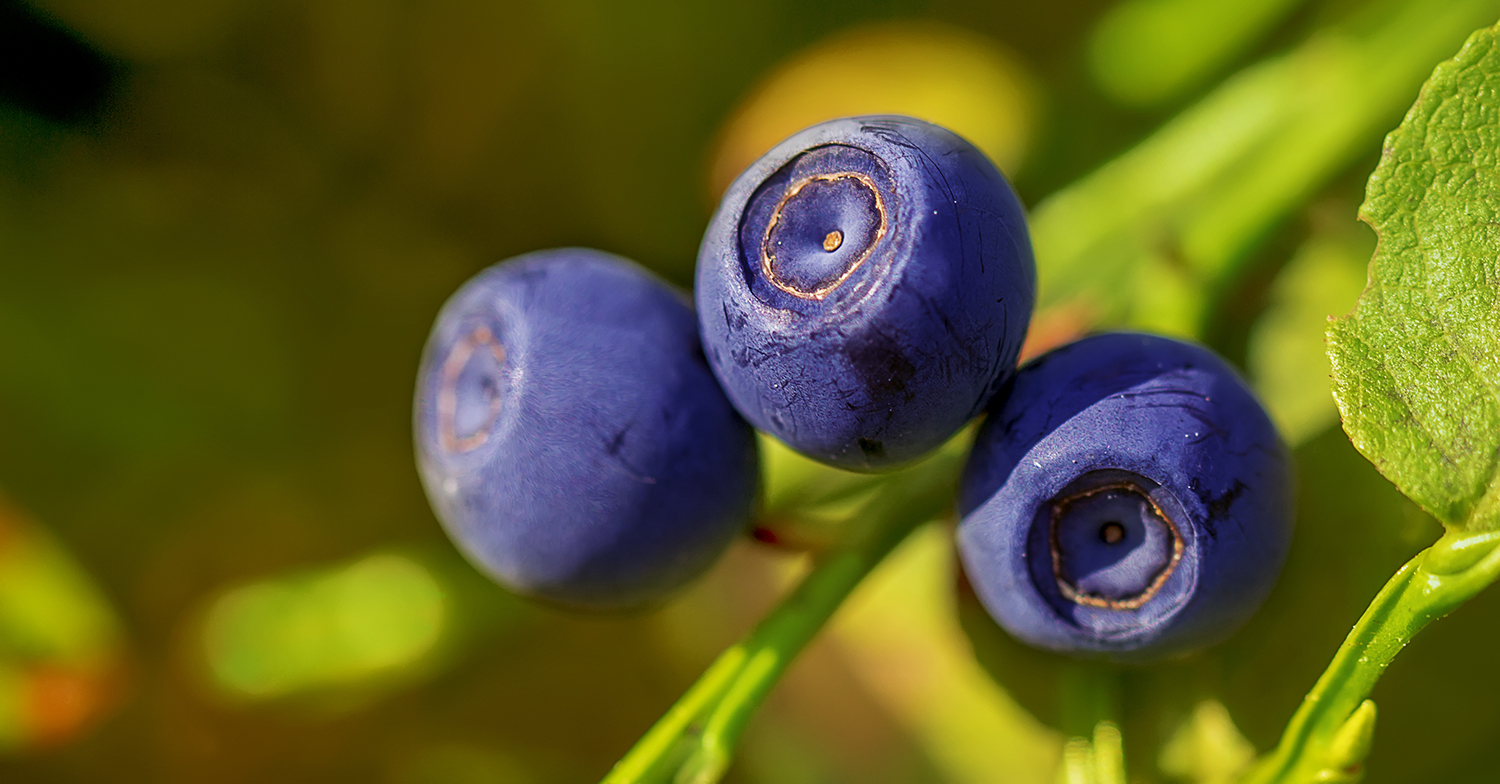Irradiation for Peruvian blueberries part of wider U.S. market access talks, says industry rep
A Peruvian blueberry industry representative says achieving U.S. approval for irradiation treatment for exports had been one of numerous negotiating priorities with authorities in the North American country aimed at improving market access arrangements.
 Peruvian Blueberry Growers’s Association (ProArandano) general manager Sergio del Castillo also said the treatment was due to be carried out at a facility in the U.S. state of Mississippi.
Peruvian Blueberry Growers’s Association (ProArandano) general manager Sergio del Castillo also said the treatment was due to be carried out at a facility in the U.S. state of Mississippi.
On March 13 the USDA’s Animal and Plant Health Inspection Service (APHIS) announced it was giving the green light for the treatment method to be used at approved U.S. facilities to mitigate for the South American and Mediterranean fruit flies.
The development gives Peruvian blueberry shippers exporting to the U.S. a third treatment option alongside cold treatment and methyl bromide fumigation, and it comes amid soaring growth in the industry – with export volume rising by 53% in 2017.
Speaking to Fresh Fruit Portal, he explained that Peru is currently negotiating improved market access arrangements for a range of horticultural products, including asparagus and citrus.
In blueberries, he said Peru had three priorities.
“We basically had three issues that we have been negotiating with U.S. authorities for the last two years, which are irradiation treatment, a pre-shipment fumigation program here at the origin, and a systems approach,” he said.
Peru is seeking a systems approach protocol as a mitigation process for blueberries produced in pest-free areas, so that the fruit can enter the U.S. without fumigation or cold treatment.
“That is an issue that we had considered, but it is a third-place priority,” Del Castillo said.
“Now what we have as the priority is the pre-shipment program which is advancing, and the second [priority] is the issue of irradiation which apparently has been a simpler topic for the U.S. authorities.
“It was not a process that involved carrying out a PRA [pest risk assessment]…and neither did any additional regulations have to be created by the U.S. That is why we have been able to achieve this goal that we had in the negotiations.”
According to Del Castillo, the document signed between the two countries authorizes the fruit to be irradiated at one facility in the U.S., located in the state of Mississippi.
“That is the only place where this kind of quarantine treatment for fresh fruits and vegetables will be carried out,” he said.
The other Peruvian fruits currently permitted for entry into the U.S. under an irradiation protocol are pomegranates and figs, according to Del Castillo.
Development highlights strong bilateral collaboration
Cort Brazelton, the director of global business development at Oregon-based Fall Creek Farm & Nursery, believed that the most important message of this development – independent of how the new tool actually plays out – is that it shows the two countries have highly functional groups that are working together.
“Peru went from having no industry seven years ago to today having one of the leading, most organized blueberry committees in the world,” he said.
“It’s very export-oriented, it’s proof of how focused they are, and also demonstrates how [phytosanitary watchdog] Senasa of Peru is on taking a science-based approach to finding solutions that help their industry, not driven by politics or trade issues. It also reflects well on APHIS and the USDA.
“These are highly functional groups working together. It’s not always like that, and that’s really positive.”
He said that while irradiation was not in large-scale use in the global blueberry industry, having it available as an approved tool means that people can start working on using it appropriately.
“If it’s not an approved tool, you can’t even explore the use of it. This goes for a multitude of technologies – old and new,” he said.
“Unless there’s a protocol and an approved use of the tool, there are limited opportunities to put it under commercial pressure and let the free market develop innovations that leverage its potential.
Brazelton also mentioned that as APHIS has historically set standards for other countries’ import requirements, it was possible that irradiation would become a more common tool and an asset in market access issues.
A well-established tool
Speaking from a technical standpoint, Rod Cook of Washington-based Ag-View Consulting explained that both APHIS and the U.S. Food and Drug Administration (FDA) had been using irradiation treatment for food products for many years.
“The FDA has some 30 years of experience, and like much of the scientific community around the world, they have really found no data or testing that shows either a decline in nutrition or any hazardous effects, especially at the kind of levels that have been approved here,” he said.
He added that labeling is required so consumers can be aware that the products have been treated with irradiation.
Cook mentioned he is assisting the US Highbush Blueberry Council in the management of a USDA grant for investigating alternative methods to methyl bromide fumigation for controlling insect pests for U.S. blueberry exports.
He said that while it has not been widely used in the blueberry industry, it “certainly appears to be effective”.
19/03/2018







